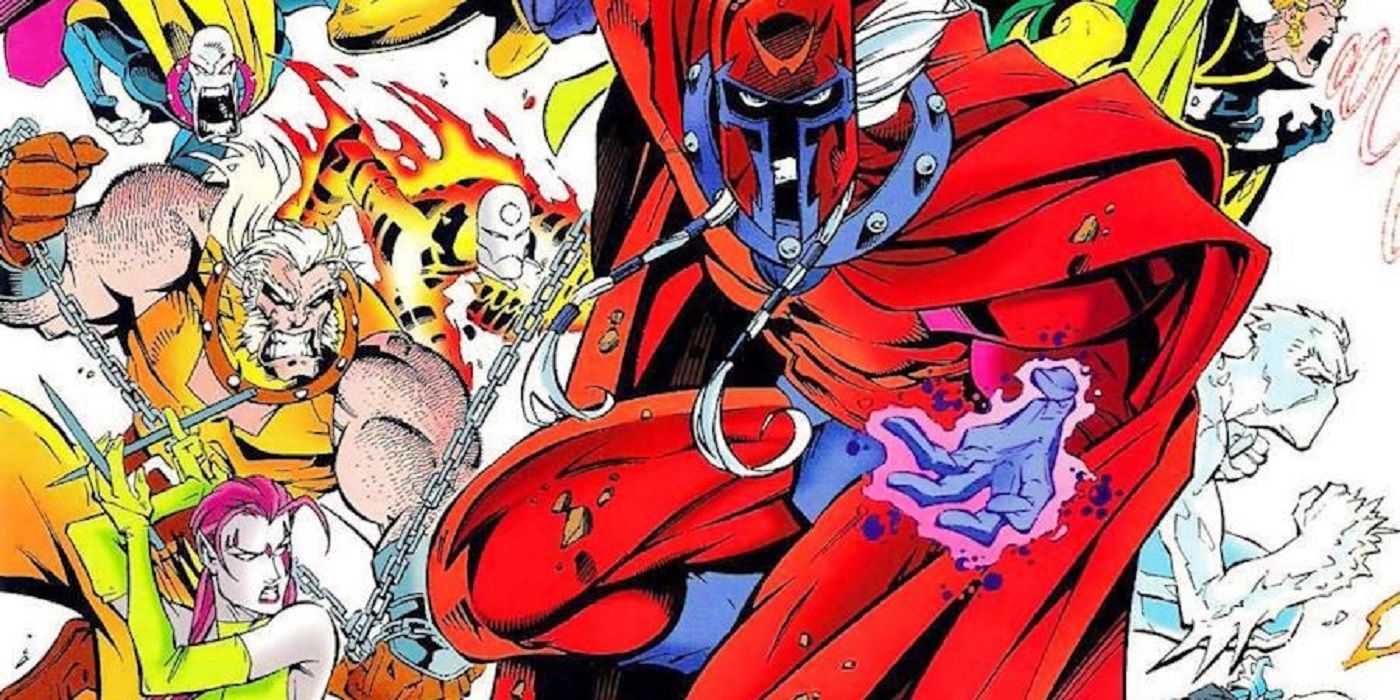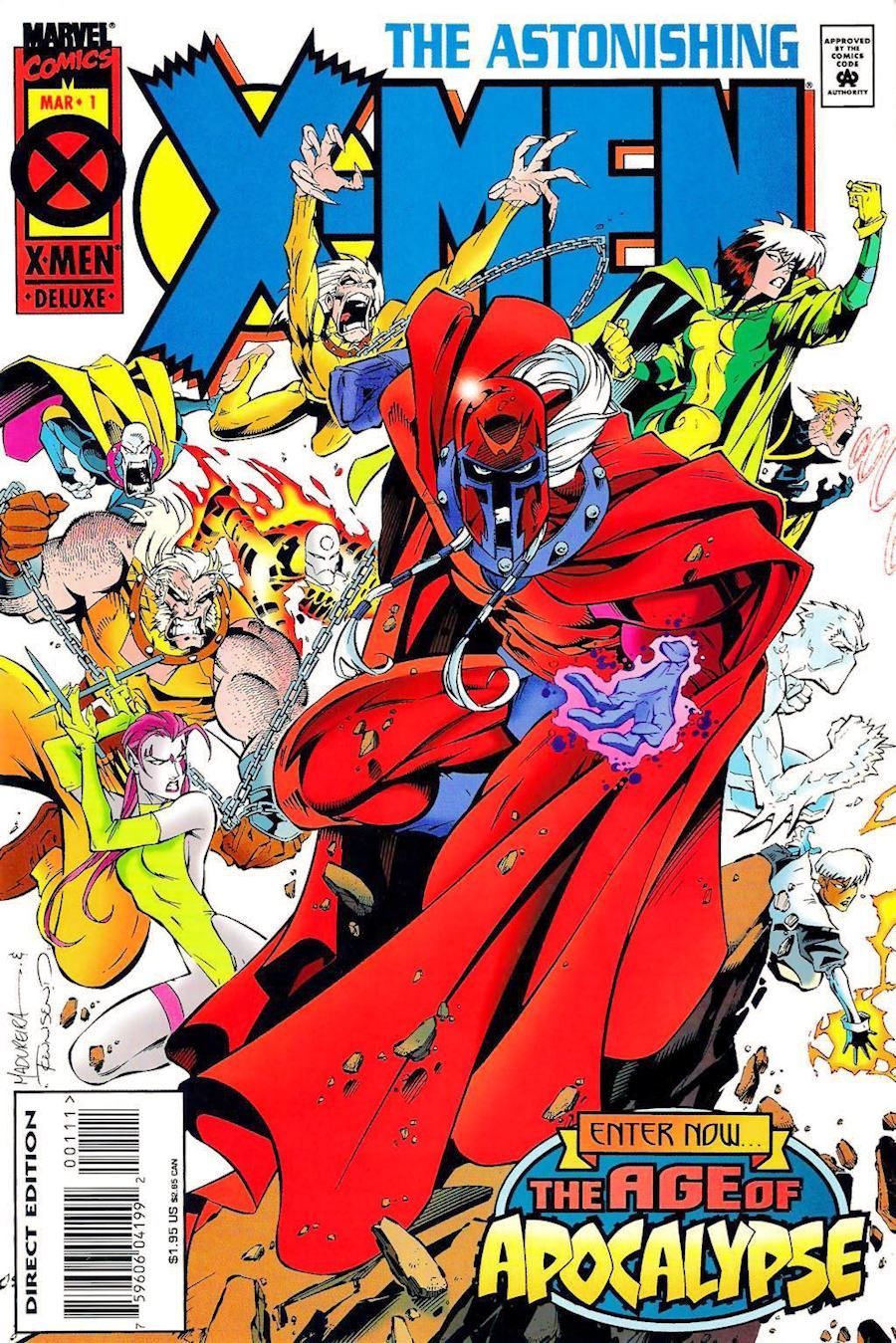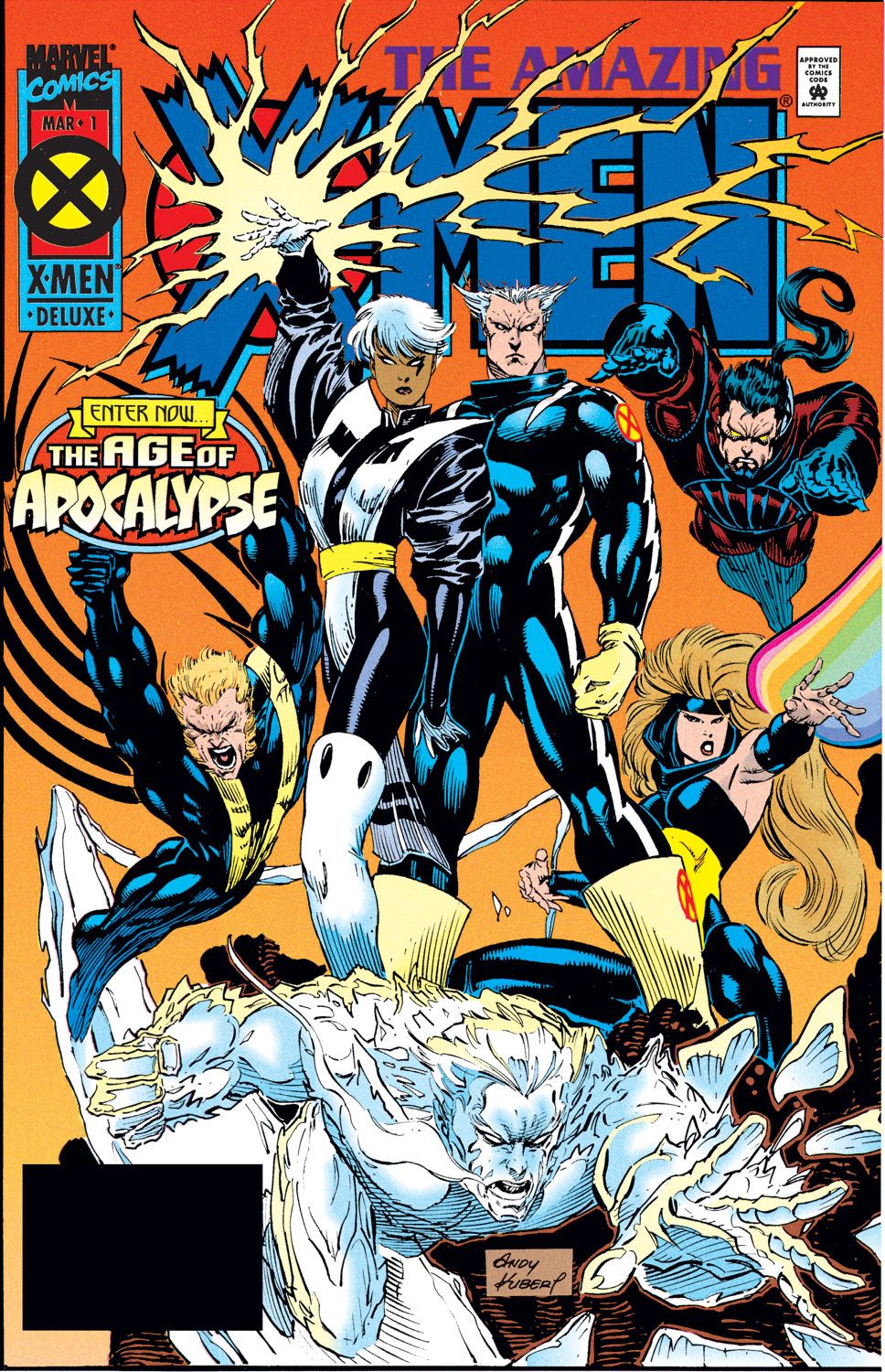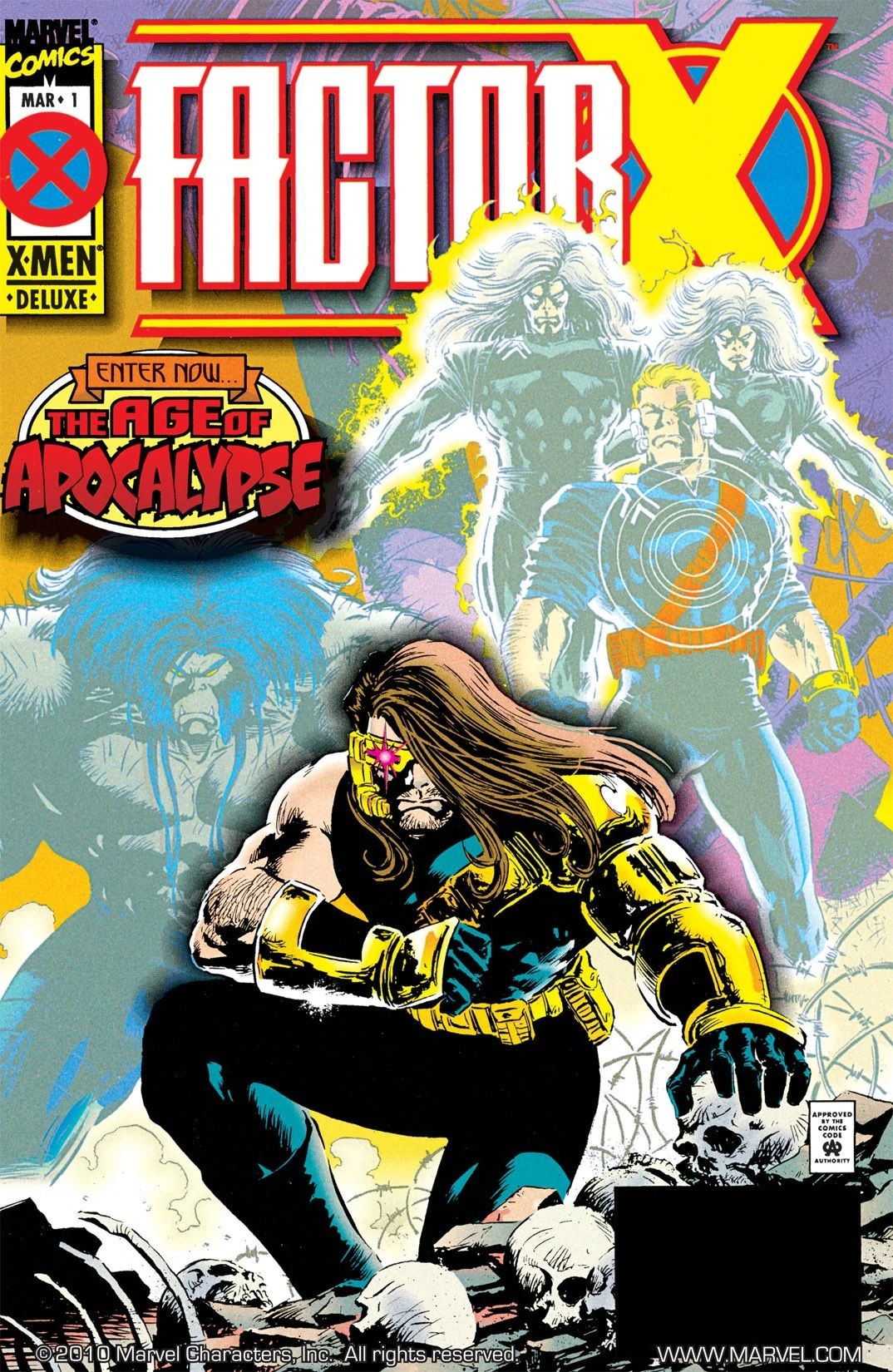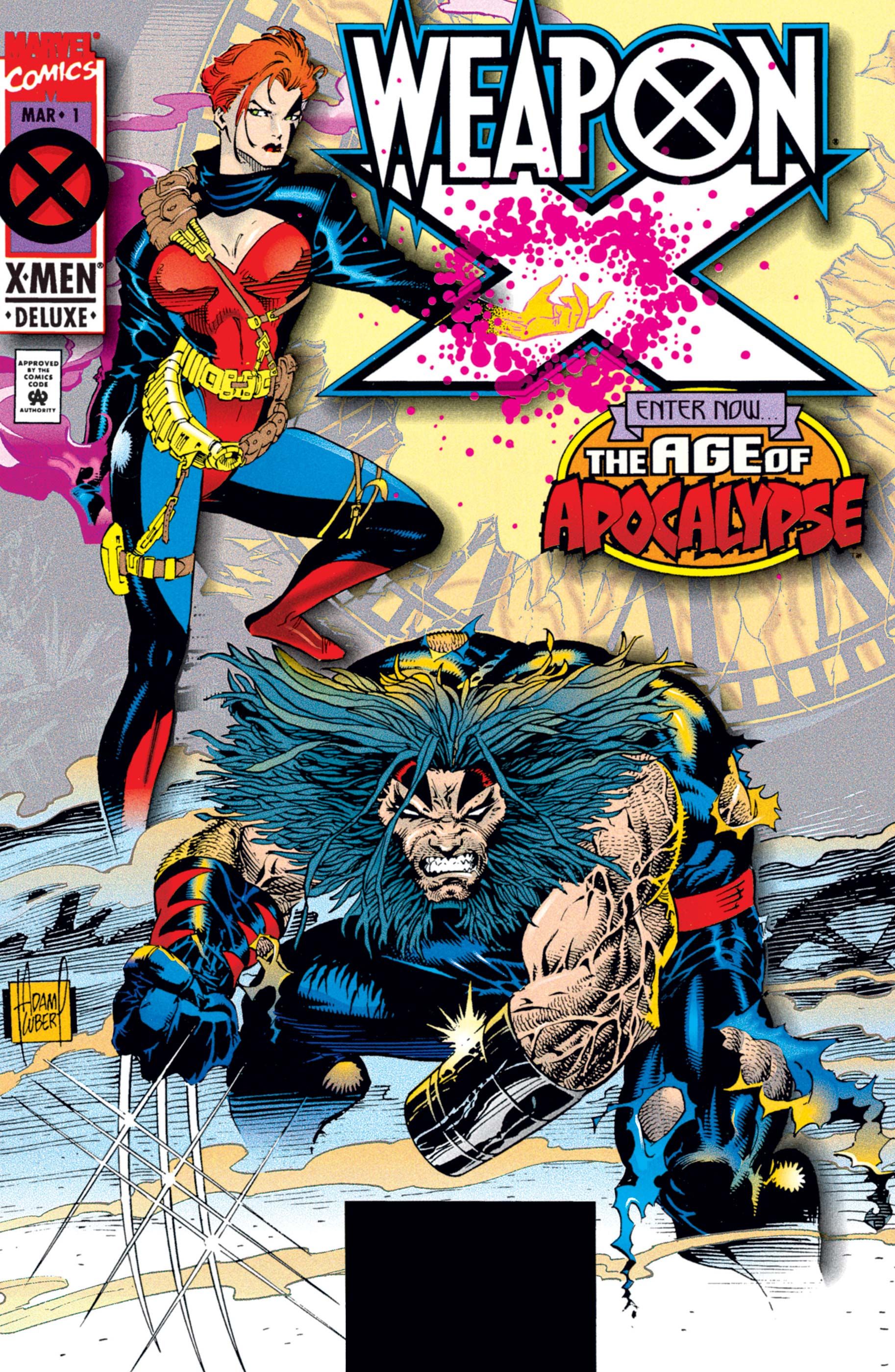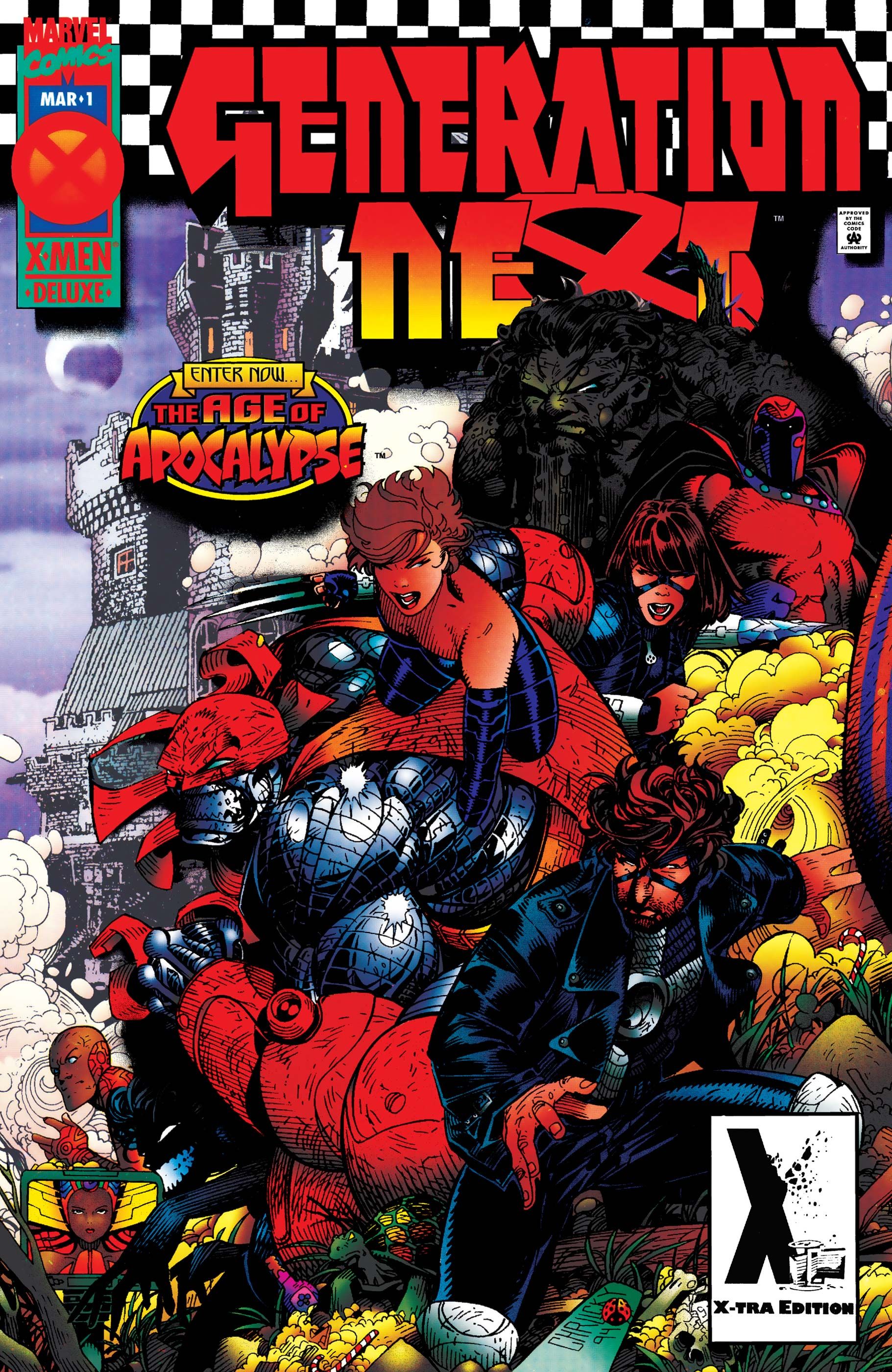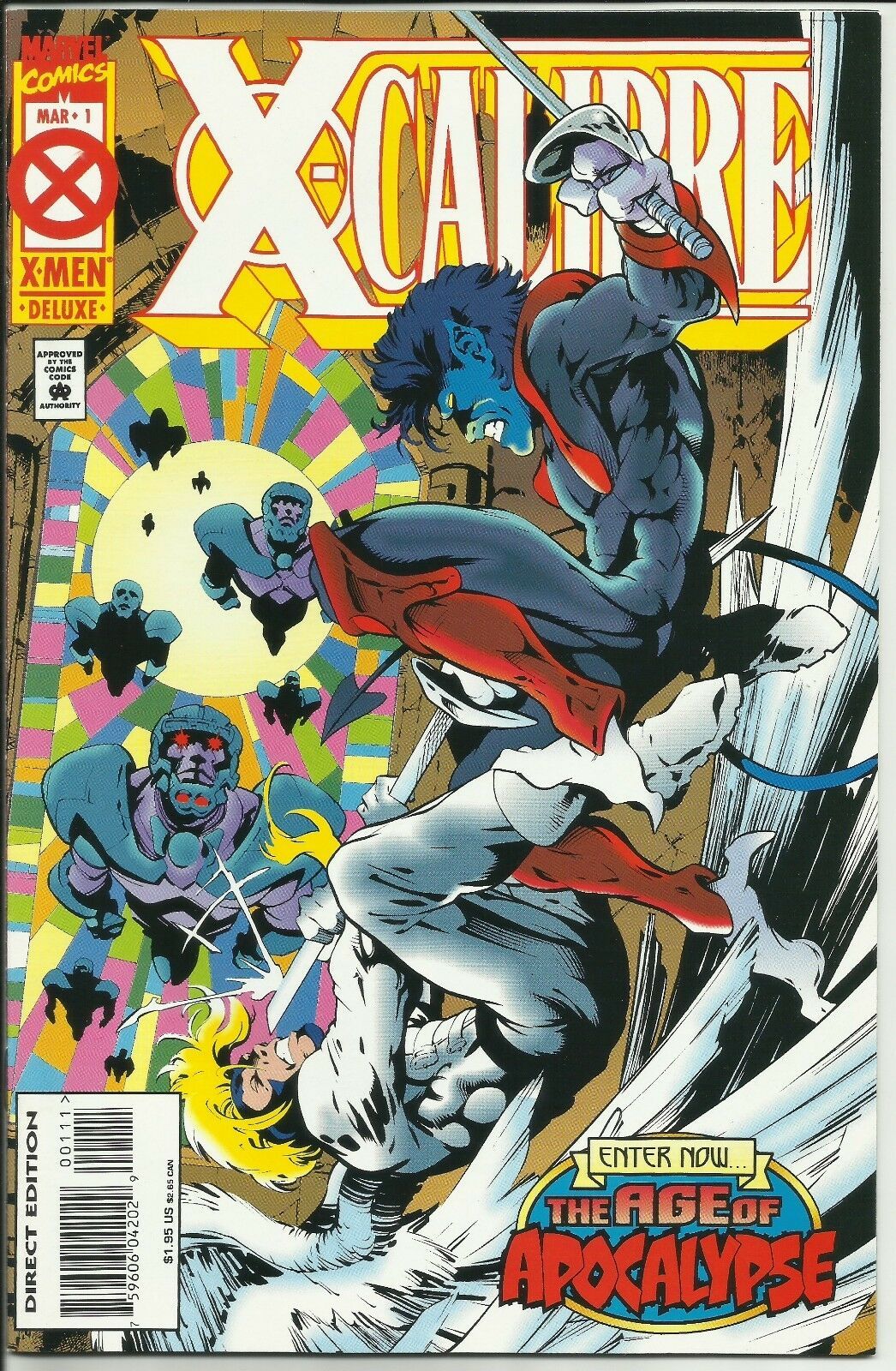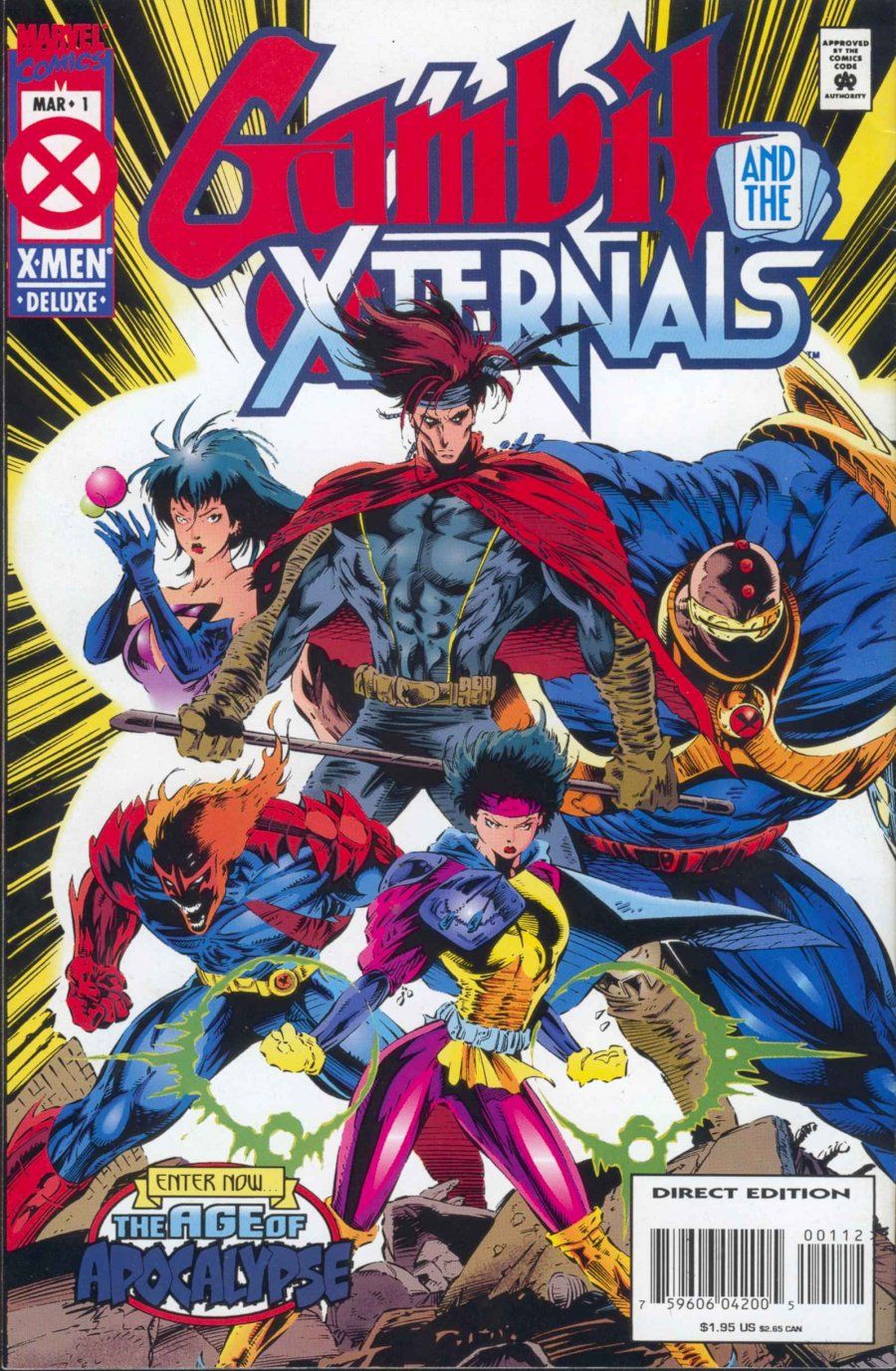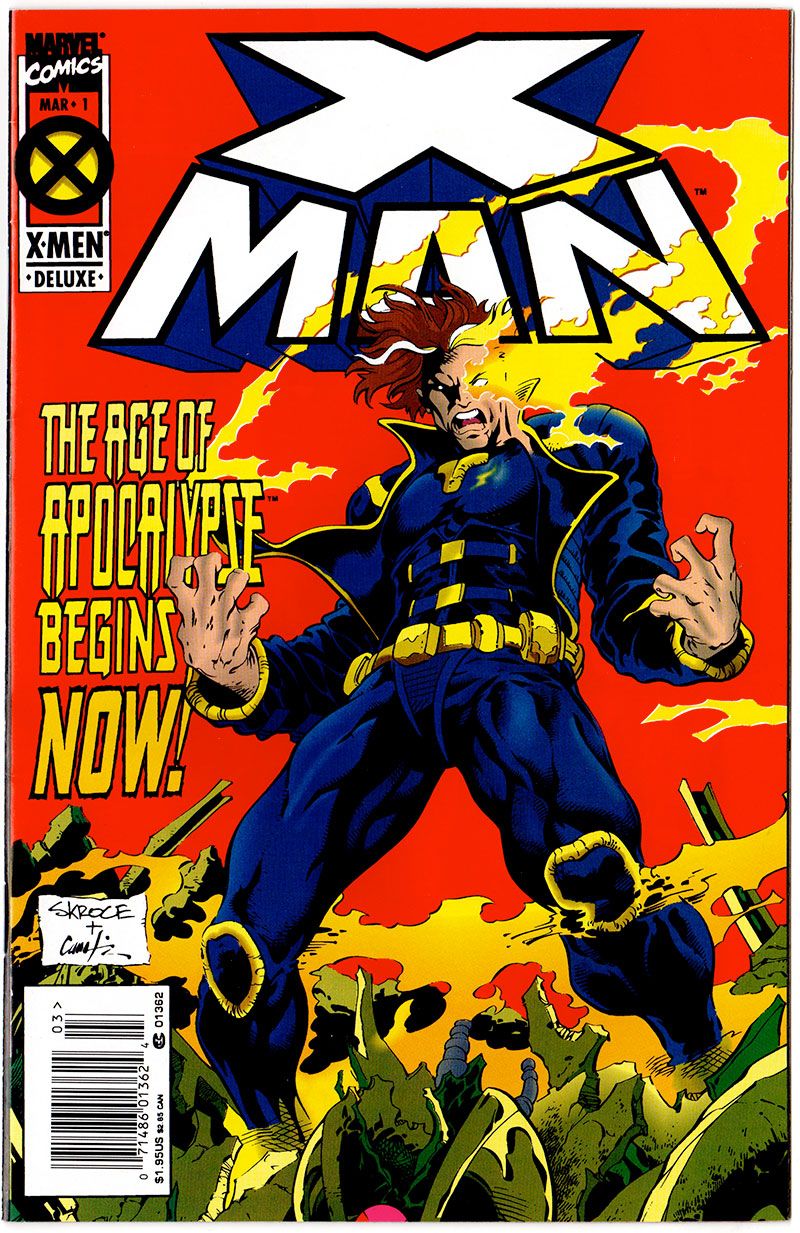This is "Look Back," a feature that I plan to do for at least all of 2019 and possibly beyond that (and possibly forget about in a week, who knows?). The concept is that every week (I'll probably be skipping the four fifth weeks in the year, but maybe not) of a month, I will spotlight a single issue of a comic book that came out in the past and talk about that issue (often in terms of a larger scale, like the series overall, etc.). Each week will be a look at a comic book from a different year that came out the same month X amount of years ago. The first week of the month looks at a book that came out this month ten years ago. The second week looks at a book that came out this month 25 years ago. The third week looks at a book that came out this month 50 years ago. The fourth week looks at a book that came out this month 75 years ago.
I made a bit of a mistake last month. I always think of Age of Apocalypse as being a January 1995 comic book storyline, but the whole thing technically kicked off in a one-shot, X-Men Alpha, which came out in the last week of December 1994. So I probably should have written about that last month instead of Batman finally dropping the shorts from the outside of his costume. But whatever, the story began in EARNEST in January 1995, so we still kick of 1995 with January 1995's Age of Apocalypse.
In this altered universe storyline, Charles Xavier’s crazed yet powerful son, Legion, went back in time to kill Magneto, figuring that he’d put a stop to the Magneto/Professor X feud before it ever started. A group of X-Men went back in time to stop him, including the X-Men’s resident time-traveler, Bishop. They fail to stop Legion but young Charles Xavier DOES stop Legion, but only by sacrificing himself to save Magneto. This, as you might imagine, throws the whole timeline out of whack.
First of all, no Xavier. Second of all, Magneto now has to vow to take up Xavier’s dream for himself. Third, and perhaps most importantly, this big mutant battle years before mutants were supposed to be up and around at this level woke up Apocalypse earlier than the world was ready for. So Apocalypse proceeds to pretty much take over the world, as no superheroes were yet around to stop him. Magneto, for his part, puts together a ragtag group of mutants known as the X-Men (I think Xavier can cut the BS about the team being named after their X-tra powers when it turns out it is named after him even with him dead) to fight against Apocalypse.
Sott Lobdell, Mark Waid, Fabian Nicieza, Andy Kubert, Joe Madureira, Steve Epting, Roger Cruz and a pile of other artists and writers show the adventures of the X-Men as well as every other X-related character, with the titles of each book being changed for four months (X-Factor became Factor-X, X-Men became Amazing X-Men, Excalibur became X-Calibre, X-Force naturally became…Gambit and the X-Ternals?! Okay, not all changes made sense). Bishop, being out of time already, retained his memory of the changes and he eventually helped the X-Men to get him back in time to put right what once went wrong. This was a tremendously fun and very well-coordinated crossover and the idea of actually stopping all of the books for months was a shocking move at the time, especially because most of the books ended on some dramatic cliffhanger before the timeline shifted (Wolverine had just popped a third claw into Sabretooth’s brain, Rogue had just kissed Gambit, etc.)
The key figure in this whole event, of course, was Joe Madureira, who did the design work for most of the characters (all?), including the most notable re-designs, like Sunfire and Morph.
So Astonishing X-Men by Lobdell and Madureira was the closest this event had to a "main" book...
As a result, Amazing X-Men had a bit of kid brother feel to it, despite some strong work by Fabian Nicieza and Andy Kubert...
We see that Cyclops is kind of mopey even when he's evil in Factor X, by John Francis Moore and Steve Epting...
We see that Jean Grey will at least considering dating Wolverine only if we're in a literal Post-Apocalyptic world in Weapon X...
Generation X had barely started when it was turned into Generation Next, where Scott Lobdell and Chris Bachalo gave us a striking version of Colossus (dude was a total scumbag)...
X-Calilbre became a Nightcrawler/Mystique shaggy dog story by Warren Ellis and Ken Lashley...
X-Force became Gambit and the X-Ternals and they also had their own little shaggy dog story, really, by Nicieza and Tony Daniel...
And finally, since Cable couldn't exist in this world, Jeph Loeb and Steve Skroce invented Nate Grey, X-Man, the sort of Cable from this universe....
This really was a monumental event at the time that really shook stuff up.
If you folks have any suggestions for January (or any other later months) 2010, 1995, 1970 and 1945 comic books for me to spotlight, drop me a line at brianc@cbr.com! Here is the guide, though, for the cover dates of books so that you can make suggestions for books that actually came out in the correct month. Generally speaking, the traditional amount of time between the cover date and the release date of a comic book throughout most of comic history has been two months (it was three months at times, but not during the times we're discussing here). So the comic books will have a cover date that is two months ahead of the actual release date (so October for a book that came out in August). Obviously, it is easier to tell when a book from 10 years ago was released, since there was internet coverage of books back then.

